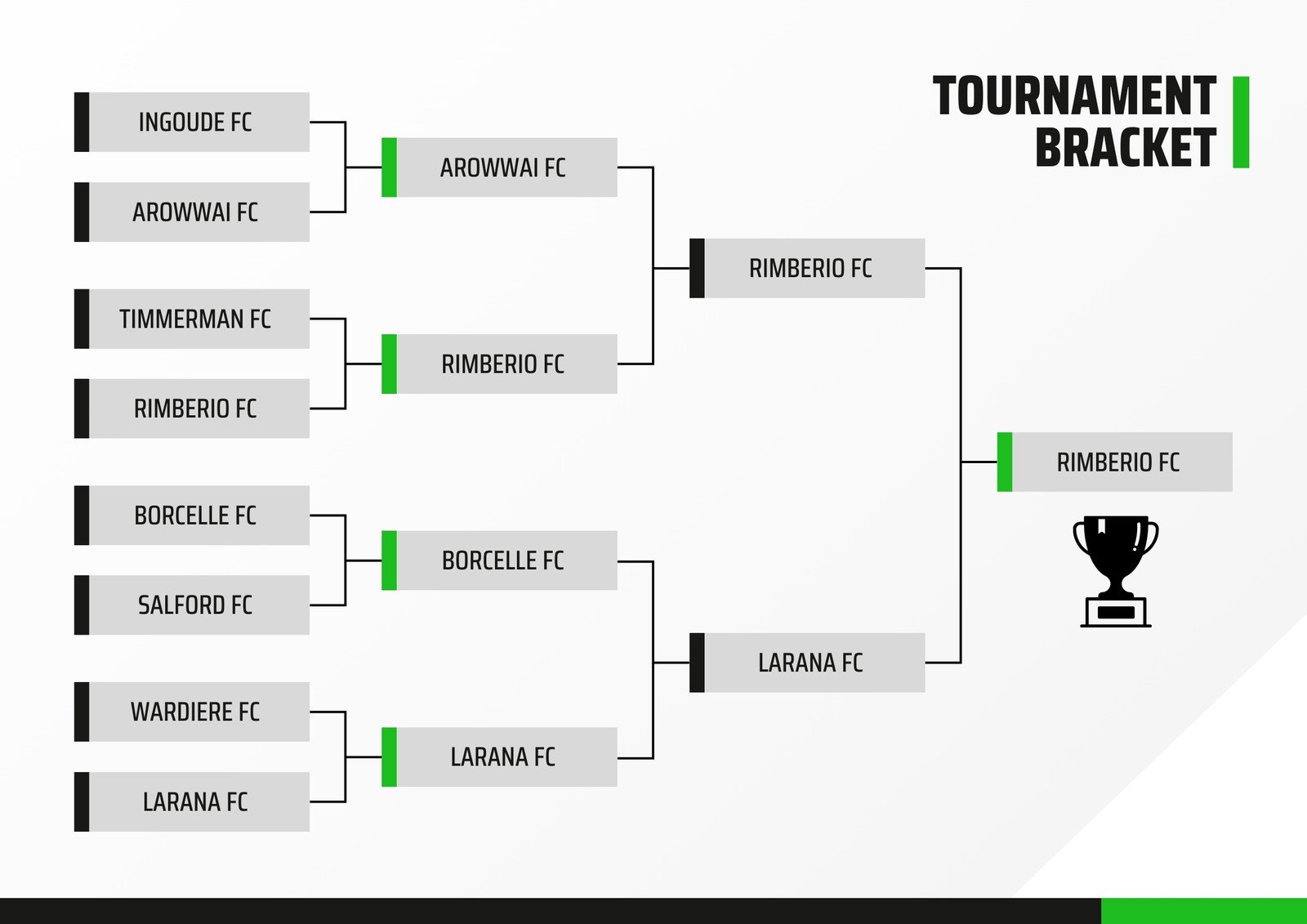Tennis Tournament Formats: A Comprehensive Guide to Competitive Structures

Urban Pedia Wiki
Your one-stop destination for all the information you need - from technology updates, health articles, tutorial guides, entertainment news, sports results, to daily life tips.

Tennis Tournament Formats: A Comprehensive Guide to Competitive Structures
1. The Grand Slam Format: A Pinnacle of Tennis
Understanding the Single-Elimination Structure

- Single-elimination structure: Lose and you're out.
- 128-player main draw (singles)
- Seeding system: Top players avoid each other early.
- Best-of-five sets (men's singles at Grand Slams)
- High-pressure environment: Every match counts.
2. Round Robin Tournaments: Competition for Everyone
Exploring the Inclusive Format
- Every player/team plays every other.
- More playing time and opportunities.
- Common in leagues and youth events.
- Winner determined by win-loss record.
- Used in group stages for qualification.
Format | Advantages |
|---|---|
Single Elimination | High Stakes, Quick Progression, Clear Championship |
Round Robin | More Matches, Fairer Assessment, Player Development |
Format | Advantages |
|---|---|
Single Elimination | High Stakes, Quick Progression, Clear Championship |
Round Robin | More Matches, Fairer Assessment, Player Development |
FormatSingle Elimination
AdvantagesHigh Stakes, Quick Progression, Clear Championship
FormatRound Robin
AdvantagesMore Matches, Fairer Assessment, Player Development
3. Other Tournament Formats: Variations and Adaptations
Hybrid Approaches and Specialized Structures
- Hybrid Formats: Combining round-robin and single-elimination.
- Consolation Draws: Giving players a second chance.
- Doubles Formats: Tailored structures for doubles play.
- Adaptive Formats: Designed for specific age groups.
- Variety: Enhancing competitive experiences.
Conclusion
STAY CONNECTED
SIMILAR
LATEST REVIEWS









